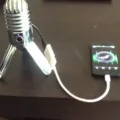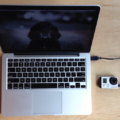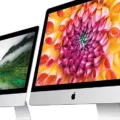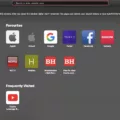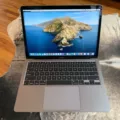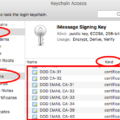The USB (Universal Serial Bus) is a technology that has revolutionized the way we use computers and other electronic devices. With USB, users can easily connect devices such as external hard drives, cameras, keyboards, printers and more to their computers. It is also an incredibly efficient way to transfer data between two connected devices.
If you are using a MacBook and need to locate your USB port, it can be found on the left side of your laptop. Depending on the model of your MacBook, it will eithr have one or two USB ports. The ports are typically located near the headphone jack and will have a lightning bolt icon next to them.
When connecting a device via USB, make sure that you plug in the cable firmly with its corresponding port. If you’re not sure which port is which, use the lightning bolt icon as reference. Once properly connected, the device should be automatically recognized by your computer and ready for use.
In addition to physical devices, many modern Macs also alow users to boot from USB drives. This means that you can install new software or even a new operating system directly from an external drive without needing to open up your computer’s case or insert a disc into an optical drive. To boot from USB on your Macbook, first make sure that it is plugged in securely and then restart your system while pressing down on the “Option” key until you reach the Startup Manager window. From there, select your desired drive before hitting enter and following any additional instructions provided by the software you’re attempting to install.
USB is an incredibly useful technology that makes connecting peripherals and transferring data much easier than ever before. We hope this article has helped make understanding how to find and use USB ports on Macbooks simpler for you!
Finding a USB Drive on a Mac
To find your USB drive on Mac, first make sure that it is plugged in and powered on. Then, open Finder > Preferences from the menu bar at the top of the screen. Go to the Sidebar tab and make sure External disks under the Locations heading is enabled. This should cause your USB drive to appear in the Finder sidebar. If you still can’t find it, try restarting your Mac or checking your system informaton to see if your USB drive has been detected by your computer.
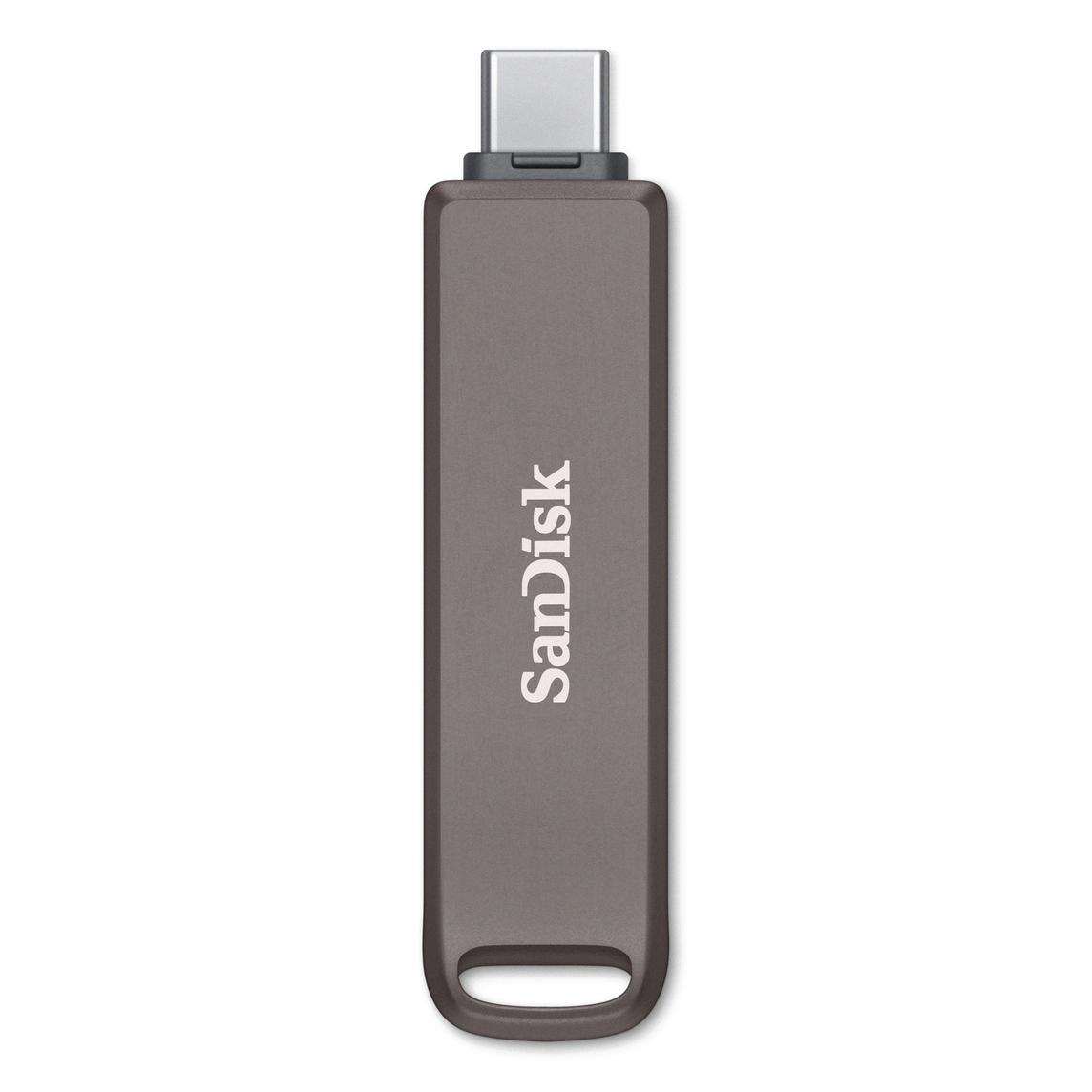
Source: apple.com
Troubleshooting USB Issues on Mac
It’s possible that your Mac has detected the USB drive but doesn’t show it on the desktop. To fix this, you can go to Finder > Preferences > General and make sure the “External Disks” option is checked. This should allow your Mac to display the USB drive on the desktop. If this doesn’t work, then it’s likely that there is a problem with eiher the USB drive or your Mac’s connection ports. You may need to try plugging in a different USB drive or use a different port to see if either of these resolves your issue.
Troubleshooting USB Not Showing Up
It’s possible that your USB drive is not showing up becaue the drive isn’t seated properly in the port, it isn’t powered on (some USB drives have a physical switch), the USB port on the computer may be bad, or the USB drive itself is broken. To determine which of these is the case, try plugging your USB drive into another port or device to see if it is detected there. If it is detected elsewhere, then it’s likely that the issue lies with either the port or computer itself. Alternatively, if you have access to another USB drive, try plugging that in as well – if it works then you know that the issue lies with your original USB drive.
Locating a USB Drive
To find your USB drive, frst connect it to your Android device. Then open the Files by Google app. At the bottom of the home screen, tap Browse. On the next page, tap the USB storage device you want to open and then tap Allow. Finally, scroll to “Storage devices” and tap on your USB drive to view its contents and access its files.
Enabling USB on Mac
Enabling USB on a Mac can be done by following tese steps:
1. Connect the USB device to your Mac.
2. Open System Preferences and select the “Security & Privacy” option.
3. Click on the “General” tab, then click on the padlock icon at the bottom left to unlock it.
4. Enter your password if prompted and select “Allow” for the “USB Accessories” option.
5. This will enable you to use USB accessories with your Mac.
6. To disable USB, simply return to this same setting in System Preferences and select “Don’t Allow” instead of “Allow” for the “USB Accessories” option.
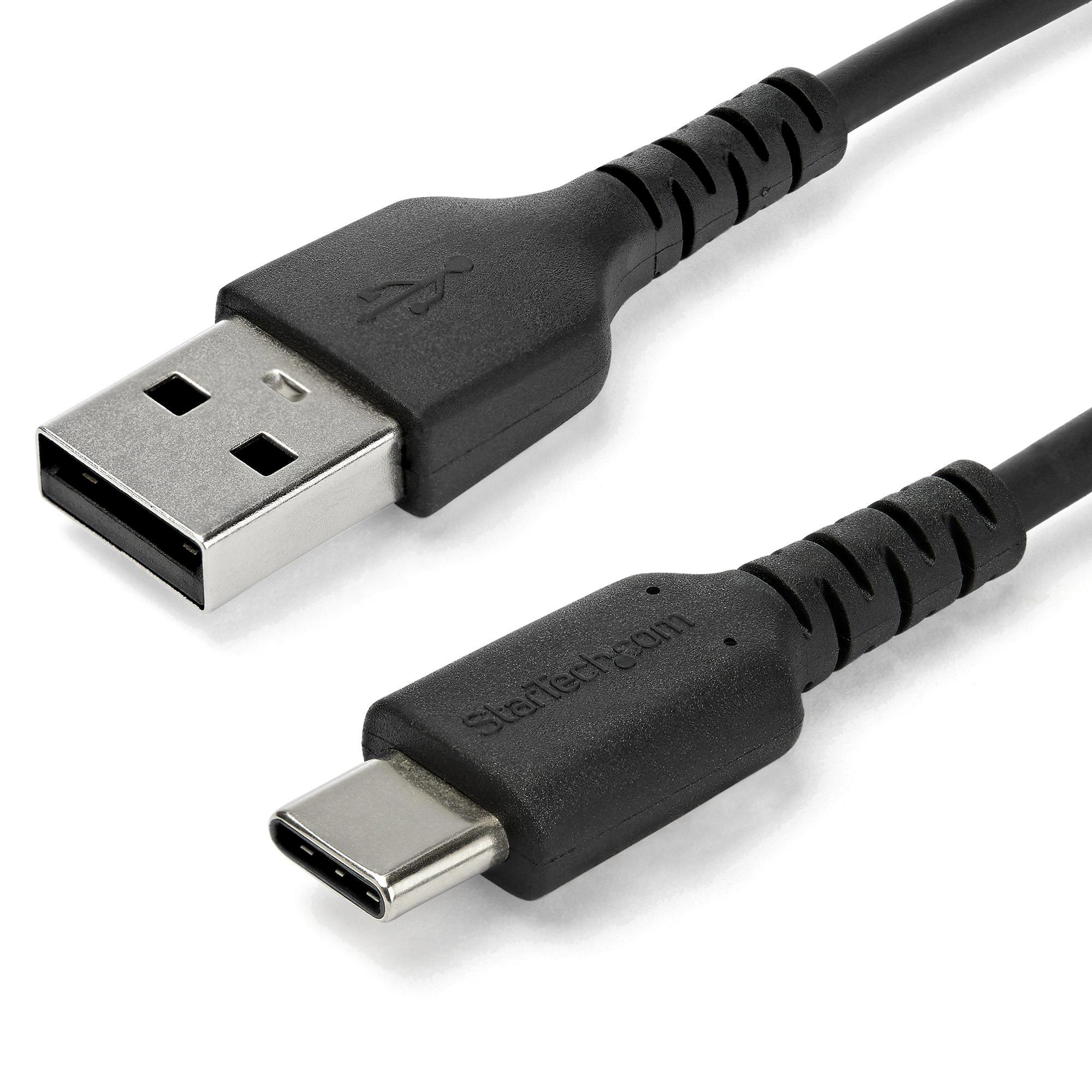
Source: startech.com
Locating a USB on a MacBook Air
To find your USB on your MacBook Air, start by making sure that the ‘External Drives’ option is enabled in Finder Preferences. To do this, first close any open programs and then click on the Finder menu. Select Preferences and then click on the General tab. Make sure there’s a checkmark showing next to ‘External Drives’. Now your flash drive should appear on the desktop. If it doesn’t appear, it may be because of an issue with the USB port or cables. Try using a different USB port or cable if this is the case. You can also try resetting the SMC (System Management Controller) which can help fix issues related to external devices not beng detected by your Mac.
Enabling USB Ports on a Mac
To enable USB ports on your Mac, start by disconnecting and reconnecting the external device to your Mac. Then, try connecting the external device to a different port on your Mac. If you’re using a USB or Thunderbolt hub with the external device, try connecting the device directly to your Mac instead. Lastly, check if System Preferences > Security & Privacy > Privacy > Full Disk Access is enabled and make sure that any thid party applications that may be blocking access are also enabled. If all else fails, restart your Mac and try again.
Using a USB on a MacBook Pro
To use a USB device on your MacBook Pro, you need to connect a HyperDrive PRO USB-C adapter into one of the USB-C ports on your Macbook. Once the adapter is connected, a light will appear to indicate that it has power. Then you can plug in your desired accessories such as a mouse, keyboard, memory card, external display or charging cable into the appropriate ports of the HyperDrive. Finally, you can use thse connected devices with your Macbook Pro.
Conclusion
USB (Universal Serial Bus) is a technology that has revolutionized the way we connect devices to computers. It is a standard connection interface that allos for easy and reliable connection of peripherals such as keyboards, mice, webcams, printers, scanners, hard drives, and more. USB also supports faster communication between devices and greater power delivery than other connection standards. USB also supports Plug-and-Play, meaning that it automatically detects compatible hardware when it is connected to the computer without requiring any manual setup. This makes it an ideal choice for connecting external devices to a computer. USB has become the de facto standard for most modern devices and is used in all kinds of applications from consumer electronics to industrial equipment. With its simple and reliable design, USB provides an easy way to connect devices with computers for efficient data transfer and power delivery.

